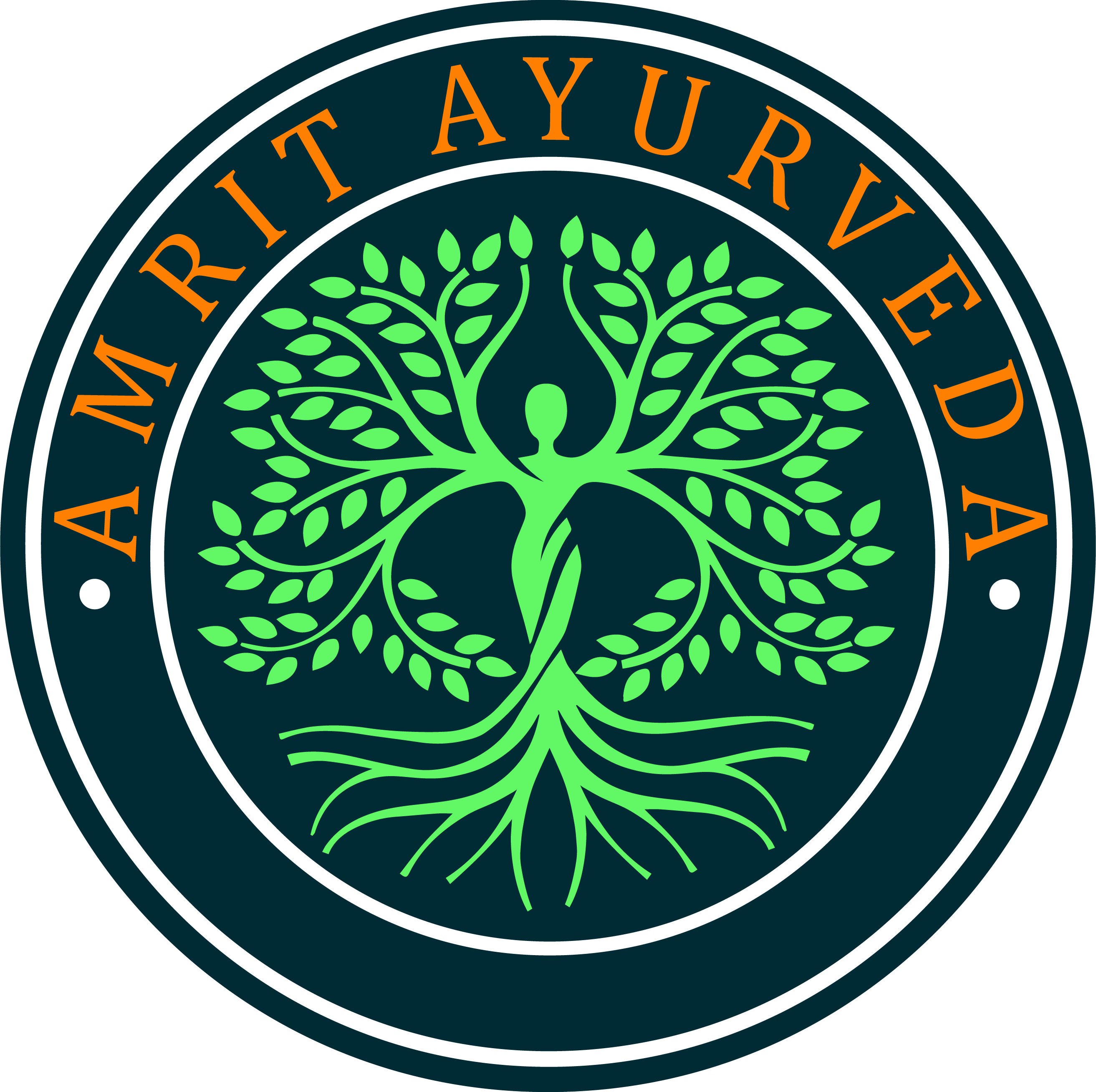About Shri Amrit Ayurveda
Welcome to Shri Amrit Ayurveda
Shri Amrit Ayurveda was founded in 2021 by Neha Anand and Dr. Pradeep Kumar . They both have a passion for Ayurveda and a commitment to making quality products that are designed to improve the health and wellness of its customers. Shri Amrit Ayurveda has a wide range of handmade products that include herbal supplements, Ayurvedic herbal teas, organic herbs, health tonics, essential oils,hair care products, ayurvedic personal care products and more.
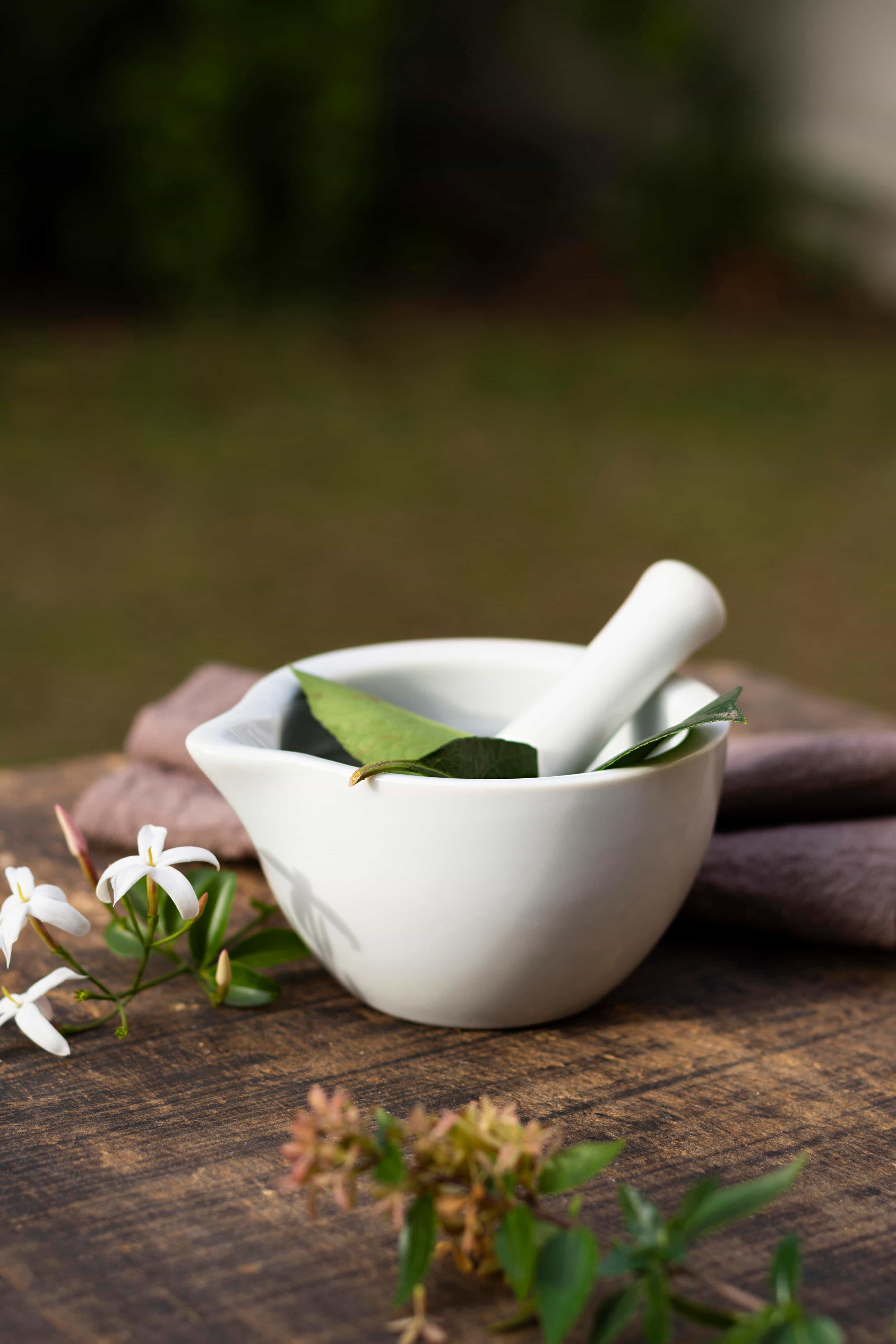
Why Shri Amrit Ayurveda?
Welcome to Shri Amrit Ayurveda, founded in 2021 by Neha Anand and Dr. Pradeep Kumar, passionate advocates of Ayurveda. Our commitment is to enhance your well-being with a range of handmade products such as herbal supplements, Ayurvedic teas, organic herbs, health tonics, Ayurvedic Cosmetics ( including face care and body care ), and much more, which are limited and specially made on-demand. There is a team of expert doctors related to every disease and even the raw materials are finalized by the doctors themselves. Following traditional Ayurvedic principles, our formulations are free from chemicals, and animal by-products. Our main customers are doctors, which again validates our authenticity. Offering online and offline consultations, our clinic, established on August 21, 2021, began its journey in Varanasi and later shifted to Lucknow in January 2024. Trust Shri Amrit Ayurveda for safe, effective, and affordable solutions.
Ashtang Ayurveda: The Eightfold Path of Holistic Healing
Introduction to Ashtang Ayurveda
Ayurveda, the ancient science of life, offers a comprehensive approach to achieving health and wellness by balancing the body, mind, and spirit. Central to its philosophy is Ashtang Ayurveda, which translates to the “Eight Branches of Ayurveda.” These branches collectively represent the diverse yet interconnected aspects of healing, prevention, and treatment, guiding individuals toward a holistic lifestyle.
The Eight Branches of Ashtang Ayurveda
- Kaya Chikitsa (Internal Medicine)
Focuses on treating diseases related to the body’s internal systems, such as digestion, metabolism, and immunity. Kaya Chikitsa uses diet, herbal remedies, detoxification, and lifestyle modifications to restore balance. - Bala Chikitsa (Pediatrics)
Specializes in child health, addressing issues from prenatal care to childhood diseases. It emphasizes nurturing a child’s growth and immunity through balanced nutrition and traditional Ayurvedic practices. - Graha Chikitsa (Psychiatry)
Deals with mental health and spiritual well-being. Graha Chikitsa combines meditation, yoga, herbal remedies, and rituals to address emotional disturbances and enhance mental clarity. - Shalya Tantra (Surgery)
Covers surgical techniques and treatments for physical injuries or conditions. In ancient times, Ayurveda pioneered procedures like rhinoplasty, emphasizing precision and holistic post-operative care.
- Shalakya Tantra (ENT and Ophthalmology)
Focuses on diseases affecting the eyes, ears, nose, throat, and head. Treatments include herbal applications, nasya (nasal therapy), and specialized eye therapies like Netra Tarpana. - Agada Tantra (Toxicology)
Addresses poisoning from natural sources like plants, animals, and minerals, as well as environmental toxins. Agada Tantra provides detoxification and antidotes to eliminate harmful substances from the body. - Rasayana Tantra (Rejuvenation Therapy)
Aimed at promoting longevity, vitality, and overall health. This branch focuses on anti-aging treatments, immunity boosters, and enhancing mental and physical strength through Rasayana herbs and practices. - Vajikarana Tantra (Aphrodisiac Therapy)
Enhances reproductive health, vitality, and fertility. Vajikarana uses herbs, diet, and lifestyle advice to support sexual health and balance hormonal functions.
Meet Our Doctors
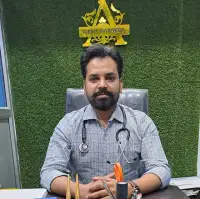

- Phone:+1 (859) 254-6589
- Email:info@example.com
Dr Pradeep kumar
Chief Consultant

- Phone:+1 (859) 254-6589
- Email:info@example.com
Dr Avinav Pandey
M.S(Ay) IMS BHU

- Phone:+1 (859) 254-6589
- Email:info@example.com
Dr Narendra Kumar Yadav
BAMS MD Balroga (Child Specialist)
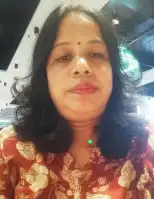

- Phone:+1 (859) 254-6589
- Email:info@example.com
Prof Dr Jolly Saxena
B.A.M.S. M.D.,(Ayu)
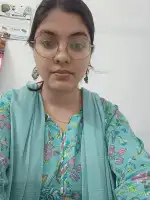

- Phone:+1 (859) 254-6589
- Email:info@example.com
Dr. Puja Yadav
BAMS, MD
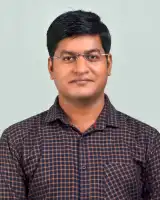

- Phone:+1 (859) 254-6589
- Email:info@example.com
Dr. Ayush Kumar Garg
BAMS, MD
Six Types of Ayurvedic Diagnosis
Ayurveda, the ancient Indian system of medicine, emphasizes a holistic approach to diagnosing diseases by understanding the root cause and overall balance of the body, mind, and spirit. Diagnosis in Ayurveda is not limited to identifying symptoms but also involves assessing the individual’s constitution (Prakriti) and current imbalances (Vikriti). The six methods of Ayurvedic diagnosis ensure a comprehensive understanding of the patient’s health.
1. Darshana Pariksha (Observation)
This method involves careful observation of the patient’s physical appearance, behavior, and expressions. Key aspects include:
- Skin tone and texture
- Eye condition (color, clarity, and movement)
- Posture and gait
- Facial expressions
Observation helps detect imbalances in the doshas (Vata, Pitta, Kapha) and provides clues about overall health.
2. Sparshana Pariksha (Palpation and Touch)
Touch is used to assess various physical aspects of the body, including:
- Skin temperature and texture
- Pulse rate and rhythm
- Tenderness or swelling in specific areas
- Sweating patterns and dryness
This method is particularly useful in diagnosing localized imbalances or inflammation.
3. Prashna Pariksha (Questioning)
Detailed questioning is used to understand the patient’s lifestyle, diet, emotions, and symptoms. The physician asks about:
- Duration and severity of symptoms
- Digestion, appetite, and elimination patterns
- Sleep quality and mental state
- History of illness or treatments
This step is crucial for creating a personalized treatment plan.
4. Nadi Pariksha (Pulse Diagnosis)
A cornerstone of Ayurvedic diagnosis, this method involves analyzing the pulse at the wrist. The pulse reveals:
- Dosha dominance or imbalance
- Circulatory health and organ function
- Emotional and mental states
The practitioner interprets subtle differences in rhythm and strength to identify health issues.
5. Mala Pariksha (Examination of Excretions)
Analyzing bodily excretions, such as urine, stool, and sweat, provides insights into the body’s metabolic processes. Key observations include:
- Color, consistency, and odor
- Frequency and ease of elimination
- Presence of abnormalities (e.g., undigested food in stool)
This method reflects the efficiency of digestion and detoxification.
6. Jihva Pariksha (Tongue Examination)
The tongue serves as a map of the body, with different areas correlating to internal organs. Practitioners observe:
- Color and coating
- Texture and shape
- Presence of cracks or spots
Tongue examination helps identify digestive issues, toxin buildup (Ama), and dosha imbalances.
Quick Links
Treatments & Therapies
Get In Touch
- Shri Amrit Ayurveda Clinic & Panchakarma Center 1st Floor Shop No.17 Omega Shopping Center Faizabad Road Opposite Ramswaroop College Lucknow U.P. PIN 226028
- Shriamritayurvedaclinic@gmail.com
- +91 97404 10799
